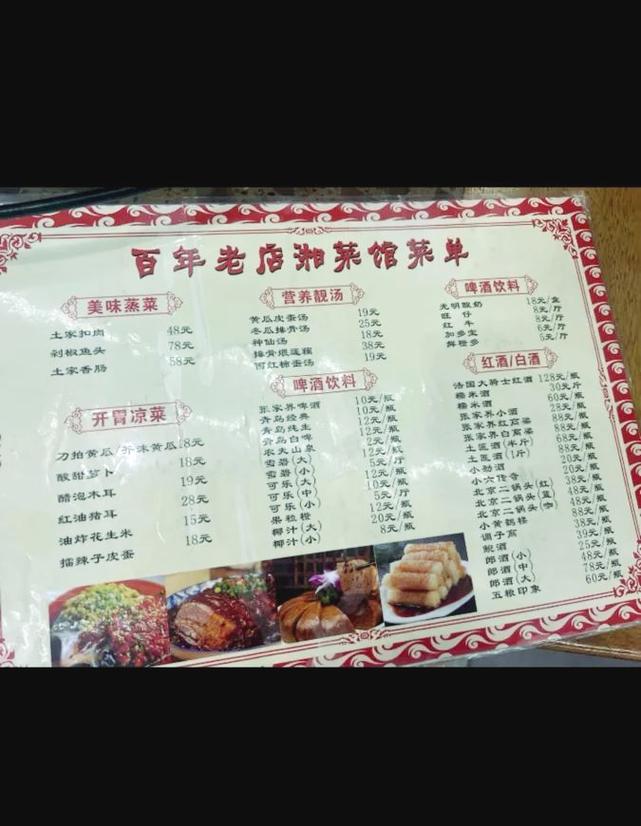Introduction:
Hunan cuisine, also known as Xiangcuisine, is one of the four major Chinese culinary traditions, along with Cantonese, Shandong, and Sichuan cuisines. Known for its bold flavors and spicy taste, it has won the hearts of food lovers around the world. In this article, we will take you on a journey to savor the authentic flavor of Hunan cuisine, exploring its rich history, unique ingredients, and iconic dishes.

I. A Brief History of Hunan Cuisine:

Hunan cuisine has a history of over 2,000 years, with its roots tracing back to the Han Dynasty. It is believed that the unique taste of Hunan cuisine was formed due to the region's geographical location and the local people's lifestyle. The hilly terrain and abundant rivers and lakes provided the necessary ingredients for the local cuisine, while the hot and humid climate led to the preference for spicy and sour flavors.
II. Unique Ingredients of Hunan Cuisine:
Hunan cuisine is famous for its bold flavors, which can be attributed to the region's unique ingredients. Some of the most notable ingredients include:
1. Chopped Fish Sauce: A staple in Hunan cuisine, chopped fish sauce is made from fermented fish, which adds a rich and unique taste to dishes.
2. Chopped Chili Paste: This spicy paste is a key component in many Hunan dishes, such as Ma Po Tofu and Chopped Pork with Green Peppers.
3. Chinese Sausage: A variety of Chinese sausages are used in Hunan cuisine, with the most famous being the Xiangxi Sausage.
4. Fermented Black Beans: These black beans are a key ingredient in many Hunan dishes, such as Twice-Cooked Pork and Braised Pork with Tofu.
III. Iconic Dishes of Hunan Cuisine:
Hunan cuisine offers a wide array of dishes, with many iconic ones that have become famous around the world. Some of the most popular include:
1. Ma Po Tofu: A classic Sichuan dish that has gained popularity worldwide, Ma Po Tofu features tofu cubes and minced pork in a spicy and numbing sauce.
2. Chopped Pork with Green Peppers: This dish is a staple in Hunan cuisine, with thinly sliced pork stir-fried with green peppers and chili paste.
3. Twice-Cooked Pork: A dish made with tender slices of pork belly that are first boiled and then stir-fried with chili oil, Sichuan peppercorns, and other spices.
4. Steamed Fish Head with Chopped Chilies: This dish is a favorite among locals, featuring a whole fish head steamed with fresh chilies and Sichuan peppercorns.
IV. The Art of Cooking Hunan Cuisine:
Hunan cuisine is known for its unique cooking techniques, which are essential to creating its bold and spicy flavors. Some of the most important techniques include:
1. Stir-frying: A common cooking method in Hunan cuisine, stir-frying ensures that the ingredients are cooked quickly and retain their texture and flavor.
2. Boiling: Used to tenderize meats and vegetables, boiling is an essential technique in Hunan cuisine.
3. Steaming: Steaming is another popular method used to preserve the natural flavors of the ingredients while cooking.
V. Conclusion:
Hunan cuisine is a true representation of Chinese gastronomy, with its rich history, unique ingredients, and iconic dishes. Savoring the authentic flavor of Hunan cuisine is an unforgettable experience that allows you to delve into the heart of Chinese culture. Whether you're a fan of spicy and bold flavors or simply curious about the diverse culinary traditions of China, Hunan cuisine is definitely worth exploring.
自古以来,我国饮食文化源远流长,各地美食争奇斗艳。其中,湘菜以其独特的口味和深厚的文化底蕴,独树一帜,成为我国八大菜系之一。为湘菜馆撰写对联,既能展现其独特魅力,又能传承和弘扬中华美食文化。本文将以此为题,探讨湘菜馆对联的撰写。
一、对联的基本要求
对联,又称对子,是一种汉语特有的文学形式。它要求字数相等、词性相对、意义相关。一副好的对联,既要符合这些基本要求,又要富有艺术性和趣味性。

工作时间:8:00-18:00
电子邮件
扫码二维码
获取最新动态
